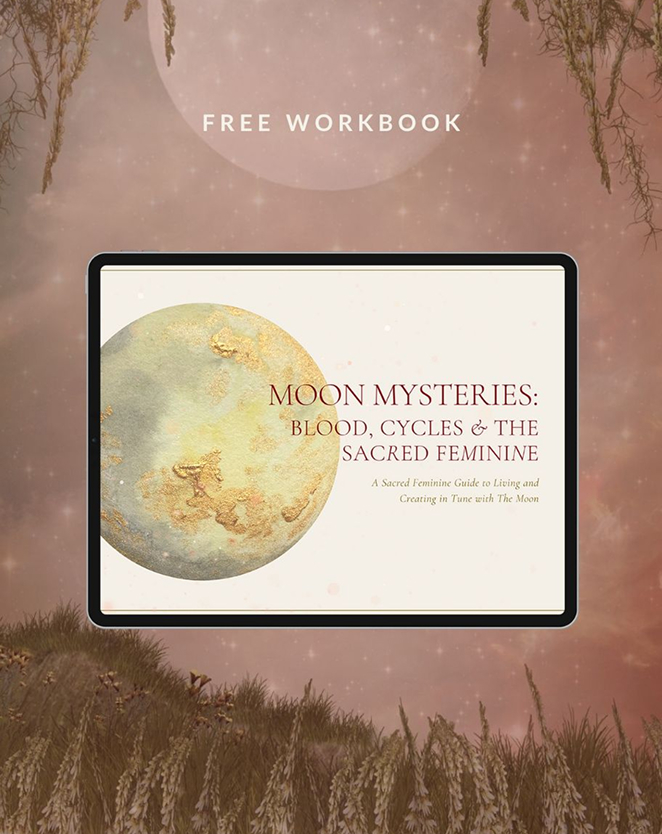

As the winter holidays approach, it's interesting to realize that many holiday traditions we enjoy today come from old, nature-based spiritual practices. What we now think of as part of our seasonal celebrations, originally started as ancient pagan and nature-centric rituals. These practices were meant to cultivate awareness and honor the rhythms of nature with both respect and appreciation.
The tradition of decorating a tree finds its roots in Yule traditions. During Yule, live trees were brought indoors to offer shelter to wood spirits during the cold winter months. Bells were hung on the branches to signal the presence of these spirits, while treats were placed on the tree as offerings. The tree was often topped with a pentagram, symbolizing the five elements. Even the classic red and green colors, along with the practice of exchanging gifts, trace back to these pagan roots.

Druids held mistletoe in high regard, viewing it as a powerful charm against evil and a crucial symbol in fertility rites. The tradition of kissing under the mistletoe originated from their belief that it was a divine plant that descended from heaven, embodying purity and love. Mistletoe was an integral part of marriage ceremonies and considered a universal remedy, eventually becoming a symbol of romance and unity.
The popular carol "Deck the Halls with Boughs of Holly" draws from a Yule tradition that dates back to early Christian and Roman history. The tradition of decorating with holly during the winter season stems from its Anglo-Saxon name "Holegn." Holly trees, used for winter home decoration, symbolized protection and good fortune.

Adorning homes with holly wreaths during the Winter Solstice has its origins in Celtic traditions, which were part of the Yule celebration. Hanging holly boughs on doors was believed to signify the return of the sun. In Pagan traditions, wreaths represented the essential elements of nature: earth, air, fire, and water.

The tradition of celebrating the 12 days of Christmas can be traced back to Saturnalia, an important festival in the ancient Roman calendar. Saturnalia, which evolved from earlier agricultural and winter solstice traditions, involved making offerings to deities during the winter planting season. Dedicated to Saturn, the Roman deity of agriculture and time, this festival was a grand 12-day event starting on December 17.
These holiday traditions that we hold dear are more than just festive practices; they are echoes of ancient rituals that celebrate the natural world and its cycles. Understanding their origins not only enriches our holiday experience but also connects us with the deep, spiritual relationship our ancestors had with nature. As we celebrate these traditions, we also honor the enduring legacy of nature-based spirituality that has been passed down through generations.
Should you wish to learn more about Yule, working with seasonal magick, and deepen your sacred practice, I invite you to join The Sacred Spiral Priestess Journey. This year-long program is inspired by the Wheel of The Year, directions, and elements, and spirals through the sacred feminine aspect of each season and the Goddess archetype connected to it. If this sparks your interest, you can join the waitlist.
%20(1).jpg)
%20(1).jpg)

